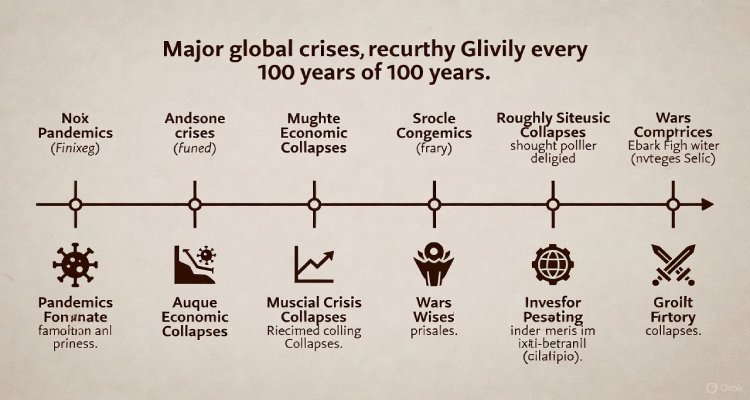Why Birds Crash Into Glass: The Deadly Design Problem
Millions of birds die each year from glass collisions. Discover why this happens, what experts say, and how design changes can help save them.
Introduction: A Silent Killer in Plain Sight
On a clear autumn morning, city sidewalks often hide a grim reality—small lifeless bodies of sparrows, warblers, or even hawks scattered near office towers and apartment complexes. The culprit isn’t a predator or disease. It’s glass. Every year, experts estimate that up to one billion birds die in North America alone from collisions with windows and glass surfaces. What looks invisible or reflective to humans often becomes a deadly trap for birds.
Context & Background: Why Glass Confuses Birds
To birds, the world is a tapestry of light, reflection, and open flight paths. Unfortunately, modern architecture—especially glass-heavy skyscrapers and reflective windows—creates illusions. Birds mistake mirrored surfaces for sky, trees, or safe passage.
Unlike humans, birds don’t perceive glass as a solid barrier. A reflection of greenery can look like shelter, while transparency may trick them into thinking they can fly through to the other side. Migratory species, already exhausted and disoriented from long journeys, are especially vulnerable.
According to the Smithsonian Migratory Bird Center, building collisions are the second-largest human-related cause of bird deaths, after habitat destruction.
Main Developments: A Growing Crisis
The problem escalated with the rise of glass-dominated architecture in urban landscapes. Cities like New York, Chicago, and Toronto—major migratory flyways—have become hazardous corridors for millions of birds.
Nighttime poses an added danger. Lit-up buildings attract and confuse birds, pulling them off course during migrations. In some instances, mass fatalities occur:
- In 2021, more than 1,000 birds died in a single night after colliding with buildings in downtown New York during migration season.
- Toronto, dubbed the “fatal light awareness capital,” sees tens of thousands of such deaths annually.
The situation highlights a deadly intersection of urban development and natural migration patterns.
Expert Insight: What Scientists and Advocates Say
“Glass is an invisible killer,” says Dr. Christine Sheppard, Glass Collisions Program Director at the American Bird Conservancy. “The tragedy is that we know how to fix it, but change requires awareness and policy.”
Advocates emphasize that solutions exist and are surprisingly low-cost. Patterns etched, dotted, or UV-reflective glass can help birds recognize surfaces as barriers. Some cities, like San Francisco and Chicago, have begun adopting “bird-safe building ordinances” that mandate such design considerations in new construction.
Public sentiment is shifting too. Volunteers in organizations like FLAP Canada (Fatal Light Awareness Program) regularly patrol urban areas during migration seasons, rescuing stunned birds and documenting fatalities to push for stronger regulations.
Impact & Implications: What Happens Next
If current trends continue, already declining bird populations could suffer catastrophic losses. The North American Bird Conservation Initiative reports that nearly 3 billion birds have vanished in the past 50 years, with window strikes playing a significant role.
For architects and urban planners, the implications are clear: sustainable design isn’t just about energy efficiency; it must include ecological responsibility. Bird-friendly glass, motion-sensitive lighting, and retrofitted buildings could significantly reduce mortality rates.
For the public, awareness matters. Even small steps—like installing window decals, external screens, or drawing curtains at night—can make a difference in preventing local bird deaths.
Conclusion: Designing With Life in Mind
The story of birds and glass is one of unintended consequences—modern architecture colliding with ancient migratory instincts. While the design problem is deadly, it is also solvable. Cities, architects, and individuals hold the power to transform skylines into safer passageways.
As the world continues to urbanize, the question isn’t whether birds can adapt to glass—it’s whether humans can adapt their designs to protect them.
Disclaimer: This article is for informational purposes only. It does not provide legal or architectural advice. Readers interested in bird-safe design should consult local guidelines and certified experts.











